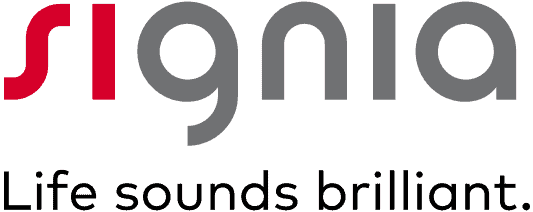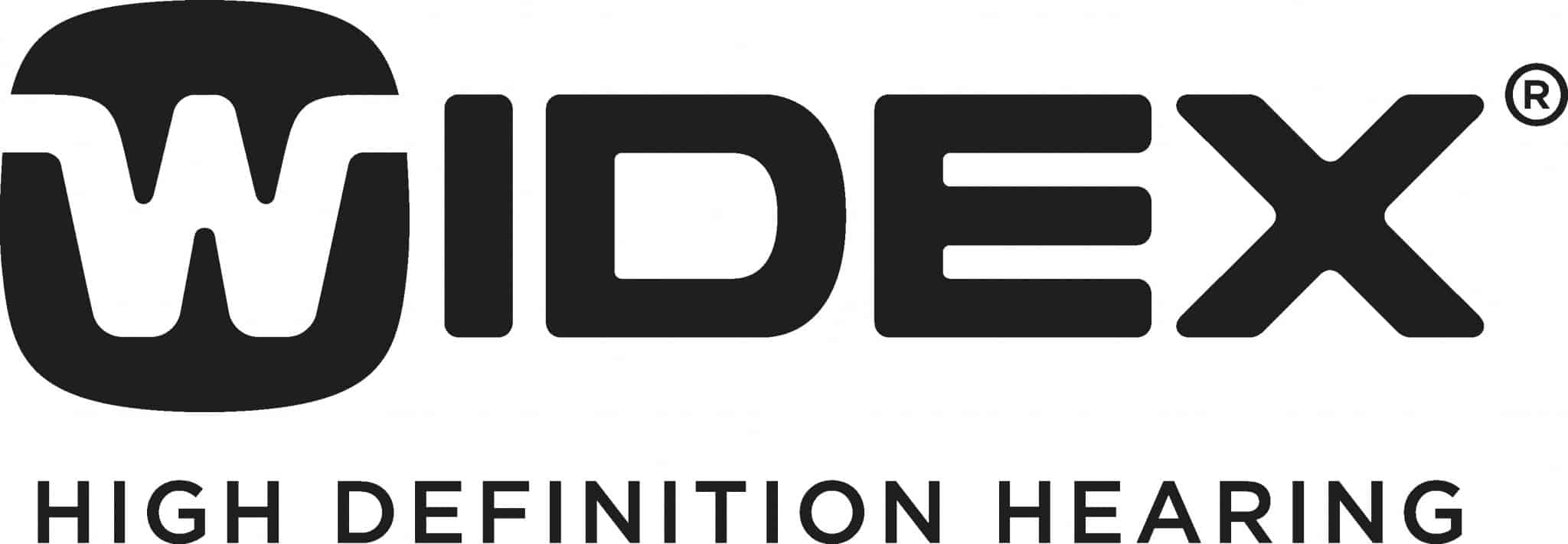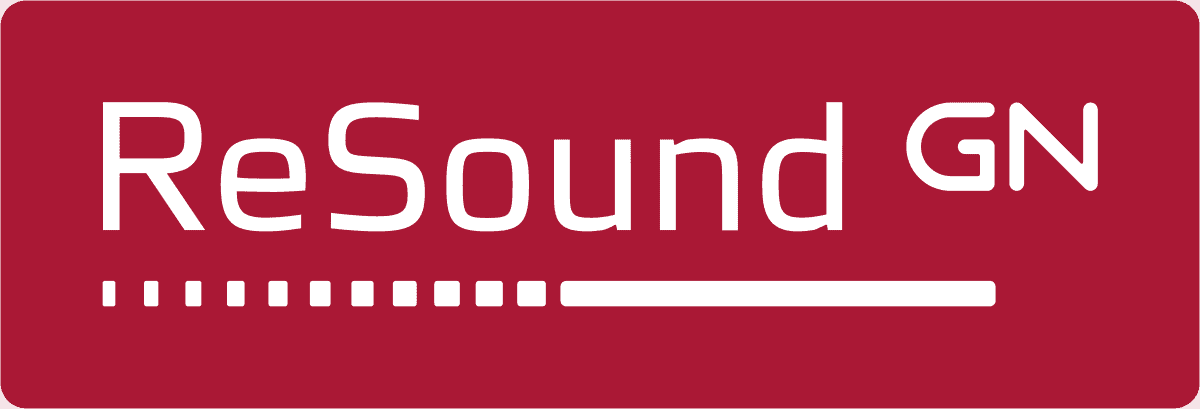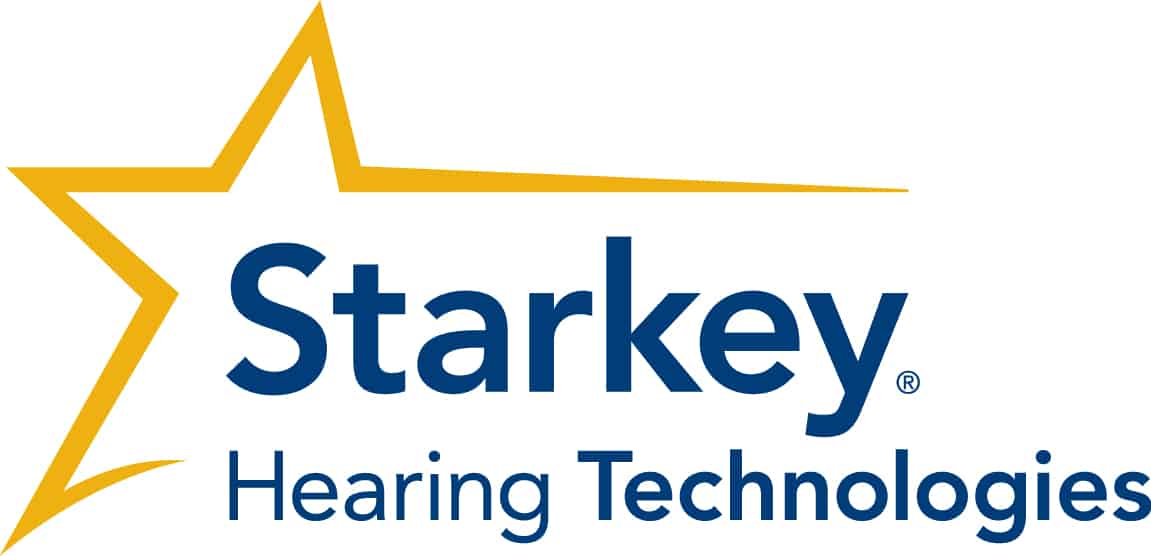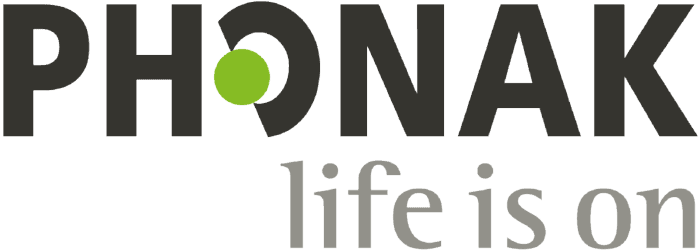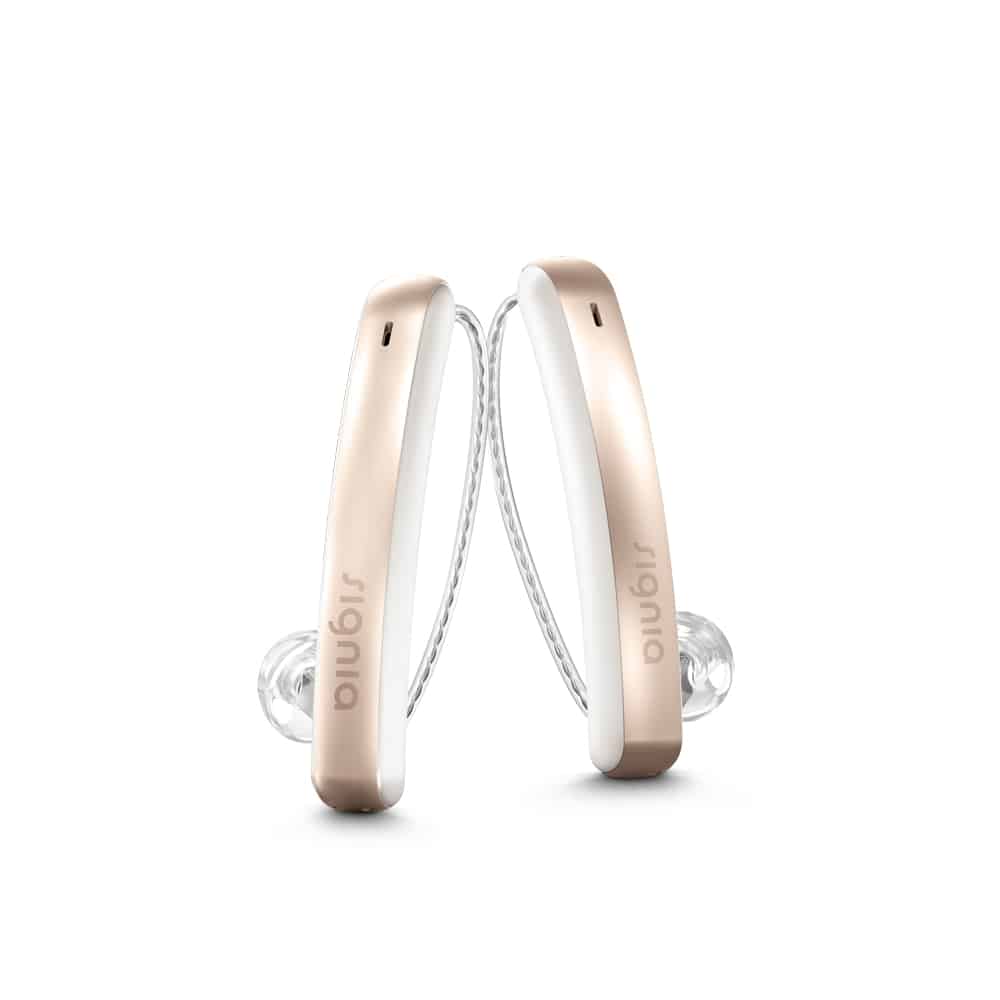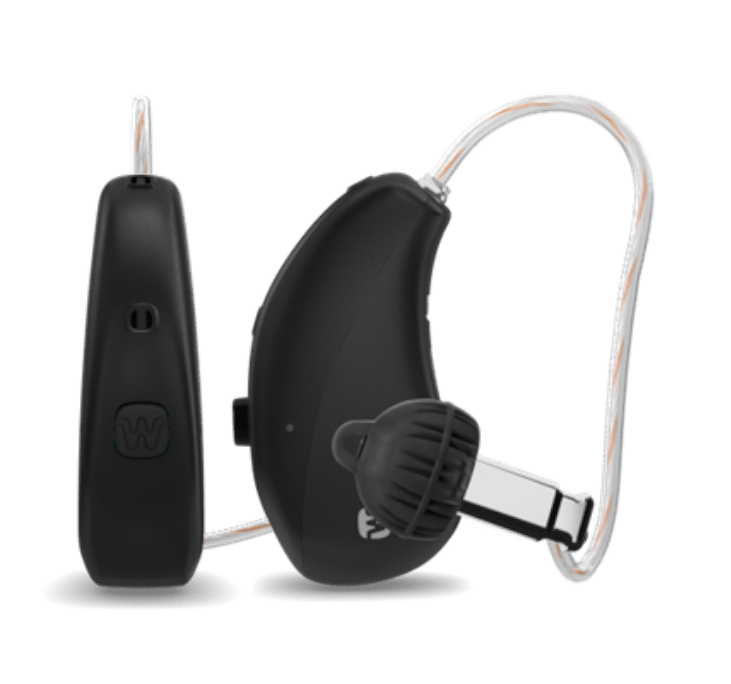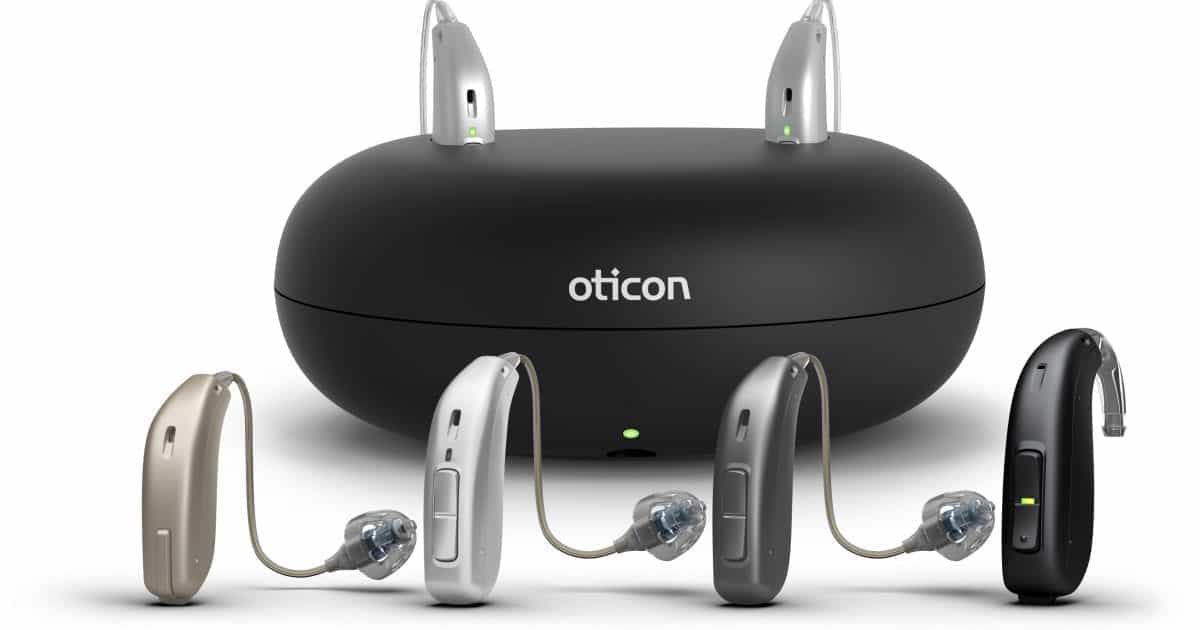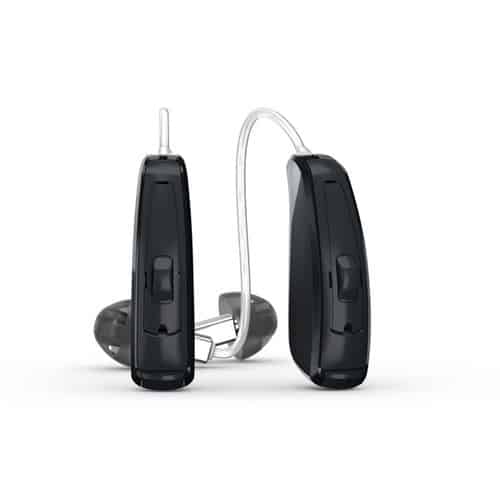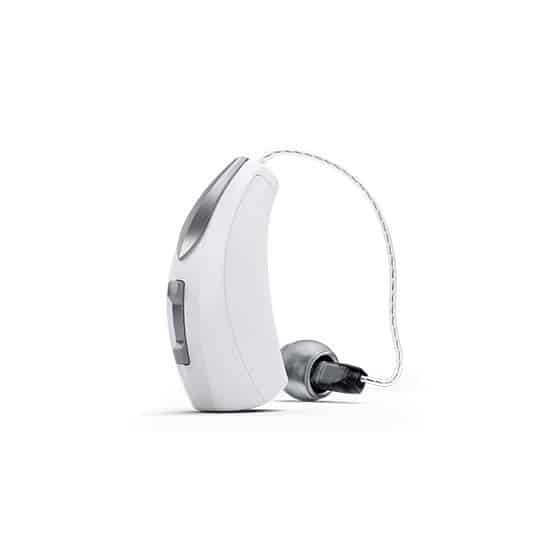Hearing Aids Overview
Hearing aids transform hearing health and enhance the quality of life!
These hearing instruments are designed to maximize hearing by absorbing and processing sound. This allows you to navigate conversations, social settings, and daily life with greater ease to hear and communicate effectively.
Hearing aids offer countless benefits that are life changing including: strengthening communication, improving relationships, increasing spatial awareness and safety, reducing listening effort as well as enriching social life. Additionally, these devices improve your overall health by reducing the risk of developing associated health conditions and strengthening cognitive abilities. Hearing aids, like most electronic devices today, have experienced significant innovation over recent years. They are smaller and sleeker than ever before, offering a wide range of features and technologies that heighten connectivity and your experience!

Exciting Hearing Aid Technology
Modern hearing aids are more advanced than ever before. Today's hearing aids are streamlined and use advanced digital processing to deliver power and enhanced sound quality in a lightweight, discreet device. A hearing aid is not merely a sound-amplifying system. It is a sophisticated tool with technology that we personalize to meet your hearing needs.
Hearing aids are transformative, and they work best when we carefully program and fit them to address your unique needs. If you’re ready to benefit from the life-changing benefits of hearing aids, schedule an appointment with us today!
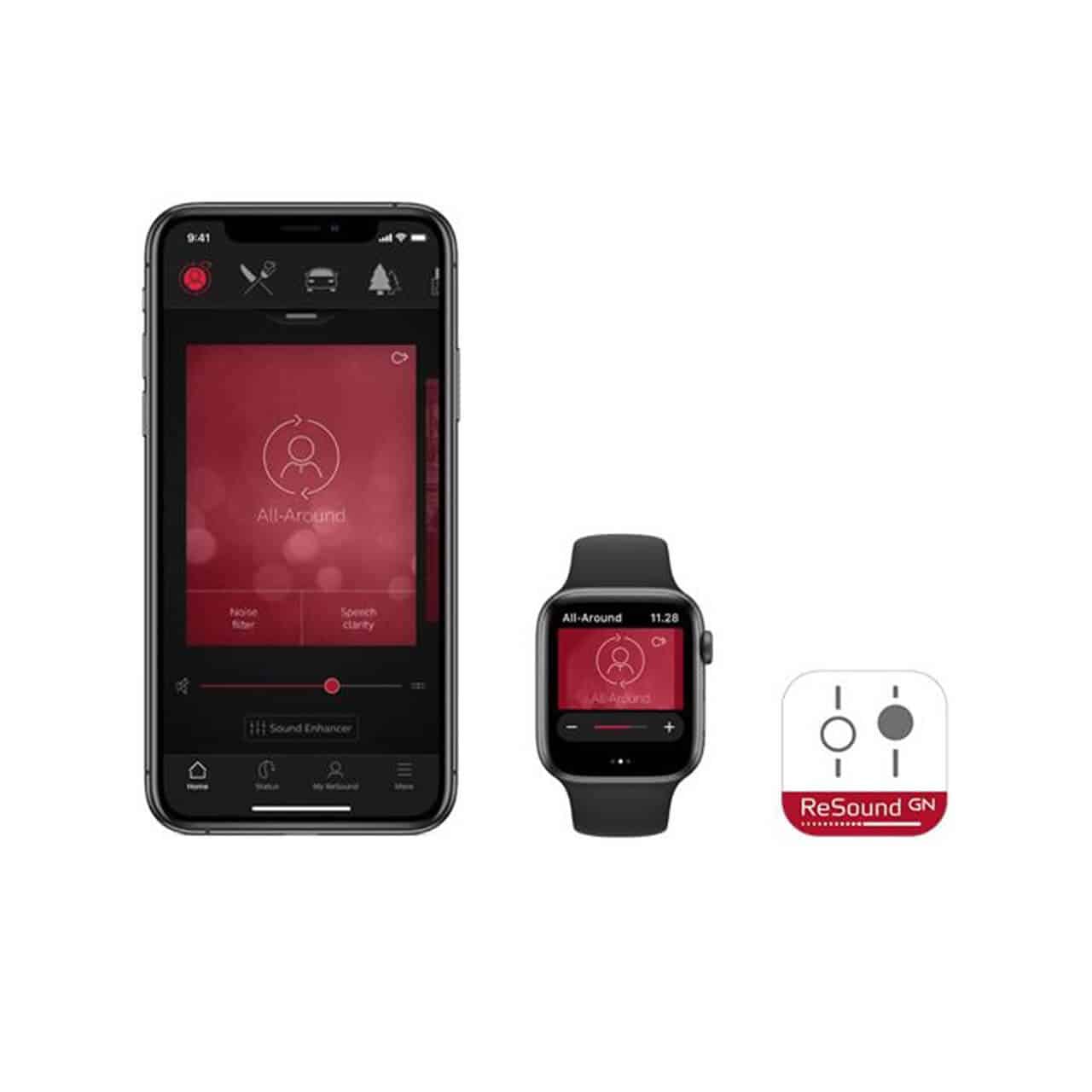
Bluetooth Hearing Aids
Many of today's hearing aids are equipped with Bluetooth technology, which makes them convenient and easy to use with your smartphones and other devices. From watching the latest shows to catching up on a podcast, you can now enjoy the simplicity of streaming content through your hearing aids directly to your ears!
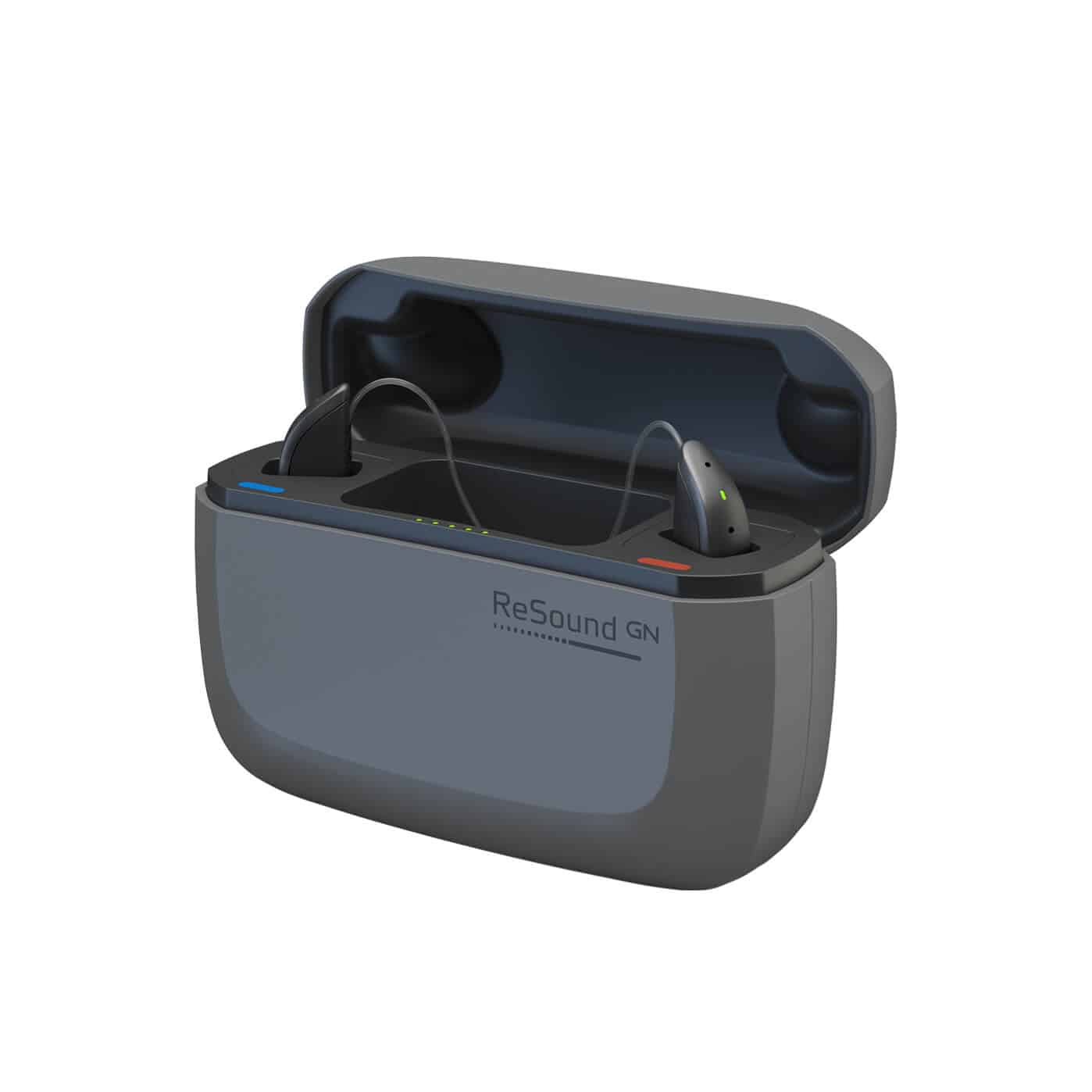
Rechargeable Batteries
Although rechargeable hearing aids have existed for some time, lithium-ion technology has become one of the most exciting advances in hearing aids in recent years. You may want to consider a hearing aid with a rechargeable battery option for a variety of reasons:
- Convenience: Rechargeable batteries with overnight charging will give you a full day of power. Just like charging your smartphone, put them in your charger before you go to bed, and you'll have enough power when you wake up in the morning to last all day long.
- Suitable for those with limited dexterity: You might find it difficult to regularly replace small disposable batteries if you have limited vision or dexterity. A rechargeable option will eliminate this possible concern.
- Less maintenance: The battery doesn't need to be changed for up to four or five years for some models.
How Do Hearing Aids Work?
All hearing aids must have a power supply either a replaceable zinc-air battery or a rechargeable lithium-ion battery. Hearing aids are designed to absorb, amplify, and process sound in order to provide communication benefits regardless of your degree of hearing difficulty. They do this through the integral components that all hearing aids are built with which includes the following:
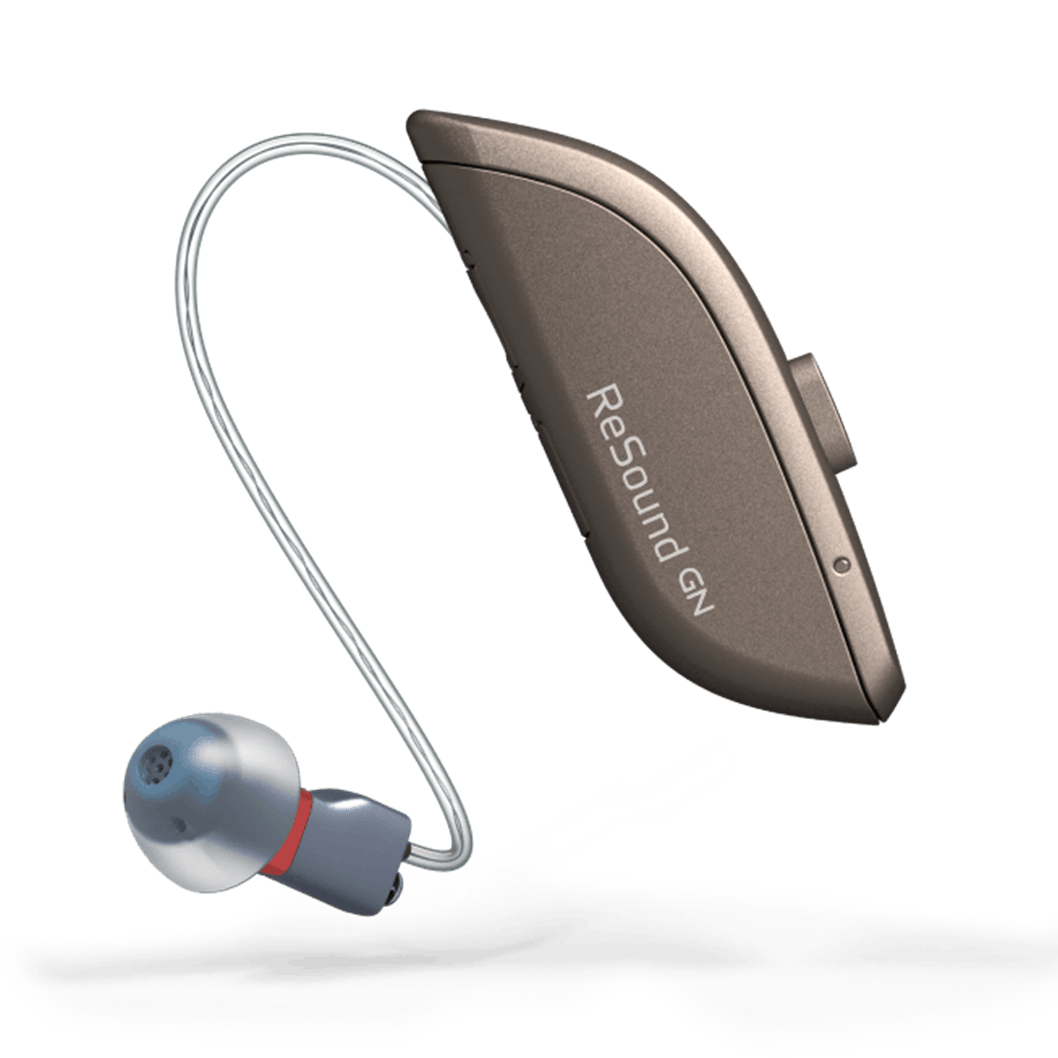
Microphone
The microphone picks up the sound (acoustic signal) around you and converts the sound waves into electrical signals.
Amplifier
The amplifier increases the volume of the electrical signals and depending on how we have your devices programmed, adjusts the sound in the proper way to meet your hearing needs.
Receiver
Also referred to as the speaker, receives the electrical signals, converts it back into an acoustic signal and sends them to the inner ear.
Common Hearing Aid Styles
In addition to knowing how hearing aids work, it is also helpful to understand the different styles that are available to you. Common hearing aid styles include:
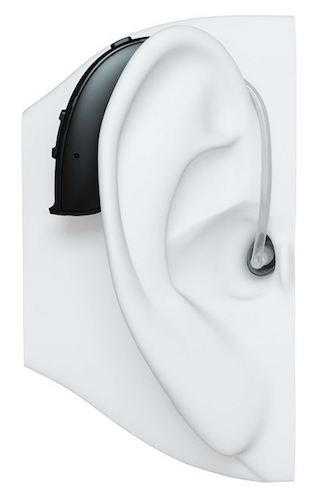
Behind the Ear (BTE):
this type is worn behind or on top of the outer ear. A small tube connects this portion to a custom ear piece that is worn in the ear canal.

Mini Behind the Ear (Mini BTE):
a smaller type of behind the ear hearing aid, this type has a tube that connects it to an earbud that sits in the ear canal.

Receiver in the Ear Canal (RIC):
this type of hearing aid features the receiver/speaker sitting in the ear canal while the microphone and amplifier is worn behind the ear (with a wire connecting them).
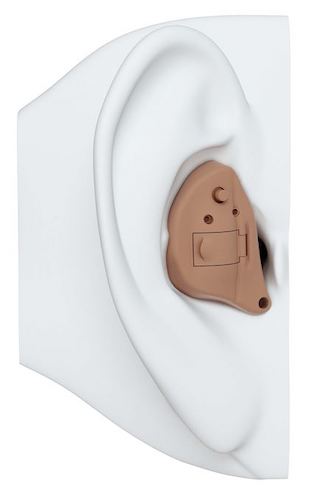
In the Ear (ITE)
In the ear hearing aids are worn in the ear canal and are made by taking a custom mold of your ear to ensure a perfect fit.
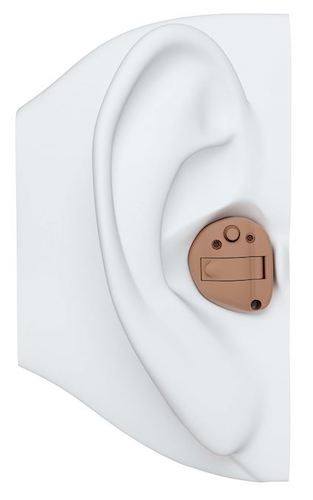
In the Canal (ITC):
this type is based off of a custom mold taken of the ear and involves a shell with hearing aid components that sit in the lower portion of the outer ear.
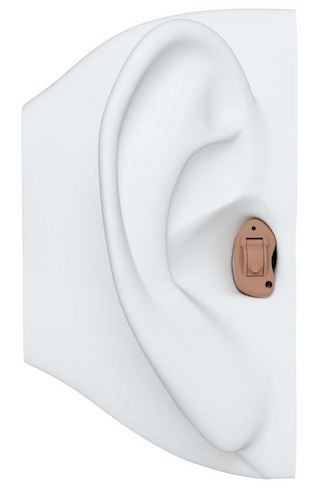
Completely in the Ear Canal (CIC):
worn in the ear canal and are among the smallest types of hearing aids available.
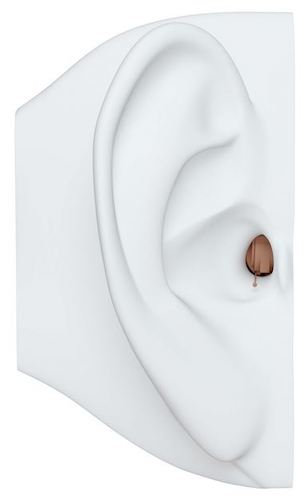
Invisible in the Canal (IIC):
Invisible hearing aids are the smallest and most discreet type of hearing aid device that exists. IIC hearing aids are worn fully in the ear canal.
Leading Hearing Aid Brands
We also work with a range of brands that lead the hearing aid industry. Being knowledgeable about their latest devices, updates, and features allows us to develop a treatment plan utilizing the best device that will enhance your hearing.
Hearing Solutions of North Caroline are authorized providers of the following leading hearing aid brands:
Hearing Aids in Salisbury, NC
Hearing Solutions of North Carolina offers leading hearing aid technology. Our audiologist can recommend the best hearing solution for your unique hearing needs and are experts in fitting hearing aids.
Call us today to schedule a consultation!

